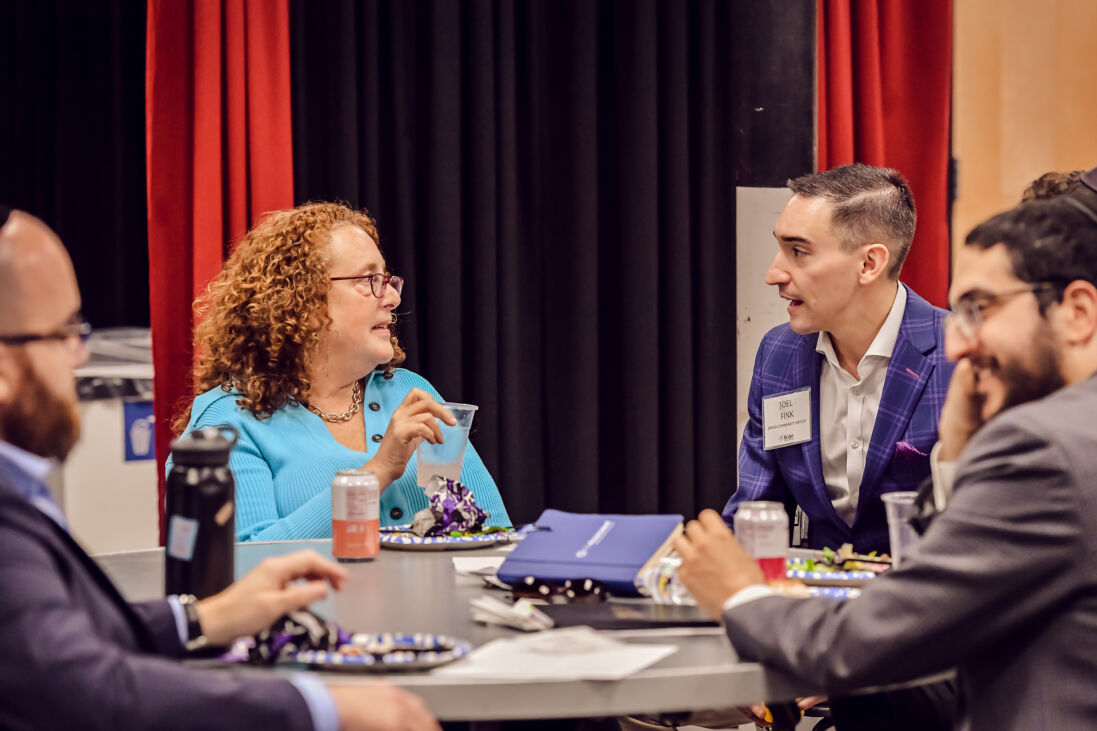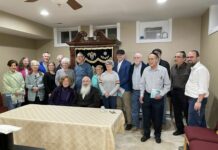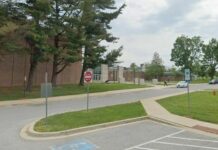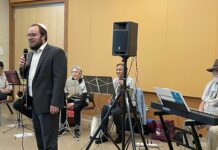
Presidents of local synagogues and Jewish community organizations have a lot of responsibility in their leadership roles. They determine the directions these institutions take, overseeing programs and deciding their financial plans. This can be a lot of pressure for even the most experienced leaders, so many find it helpful to have a space where they can meet up with others and discuss their shared experiences.
This is the mindset that Na’aleh’s Presidents’ Circles operate under. Na’aleh offers leadership circles for all kinds of different groups, such as mid-career female professionals, engagement professionals and those interested in diversity, equity and inclusion practices. But the ACHARAI Presidents’ Circles are what allow synagogue and organization presidents to come together and create connections between their respective parties.
“We found that our ACHARAI Fellows Program helped our rising presidents feel more prepared for their upcoming leadership roles,” explained Andrea Hendler, Na’aleh’s director of leadership innovation. “But, once they assumed these top leadership roles, they really wanted to be able to continue to rely on a fellowship of peers to help them work through any challenges that they faced and think strategically about potential opportunities that might exist. So, the Presidents’ Circle was created as a sort of ‘follow-on’ to the AFP program.”
There are two Presidents’ Circles: one for synagogue presidents, and one for presidents of Jewish community organizations. Originally, these were one and the same, but it soon became clear that synagogue presidents face different issues than organization presidents do, and they were separated accordingly.
While some Presidents’ Circle participants were previously ACHARAI fellows, not all were — the circles are open to anyone in a presidential position at a local synagogue or Jewish organization.
Typically, presidents from five to 10 synagogues participate at a time, with six participating this year. 10 organization presidents are currently involved in their circle. These synagogue presidents come from across denominations, representing Reform, Conservative and Modern Orthodox congregations.
Participants typically meet up once a month. At the beginning of each year, the circle identifies topics that they would like to focus on for the next several months. They accomplish this through group discussions and structured activities, though recently they have started incorporating a book on creating sacred communities that they read together to better inform their discussions.
“Some topics that have come up in the past have been how do you best engage your board and make board membership more meaningful,” Hendler noted. “And there’s always challenges. A lot of synagogues are in older buildings that need to be maintained, the world of membership and engagement has shifted post-COVID, there are always contracts to be negotiated … it helps that they can turn to each other.”
Bob Hallock, president of Chizuk Amuno Congregation, emphasized how helpful it is for congregation presidents to have a group to turn to for support and learning.
“Being the president of a synagogue is an honor but also a great responsibility,” he said. “It is so helpful to me to have a group of other synagogue presidents who can provide insight and feedback to each other, oftentimes through shared experiences.”
Having this kind of support system has been especially important in the wake of Oct. 7, Hendler said, as it has inspired a greater need for unity in the Jewish community. Synagogue presidents need to provide support for their community, but they cannot neglect the support that they themselves need.
In the future, Hendler wants to involve a more diverse range of congregations. Orthodox and Reconstructionist synagogues are not as well represented within the group as she would like. Still, being represented in this space is important.
“In a broader sense, having these synagogue lay leaders meet regularly is good for the fabric of our Jewish community,” Hallock added. “We have so much in common, and we have similar goals for engagement in Jewish life.”






